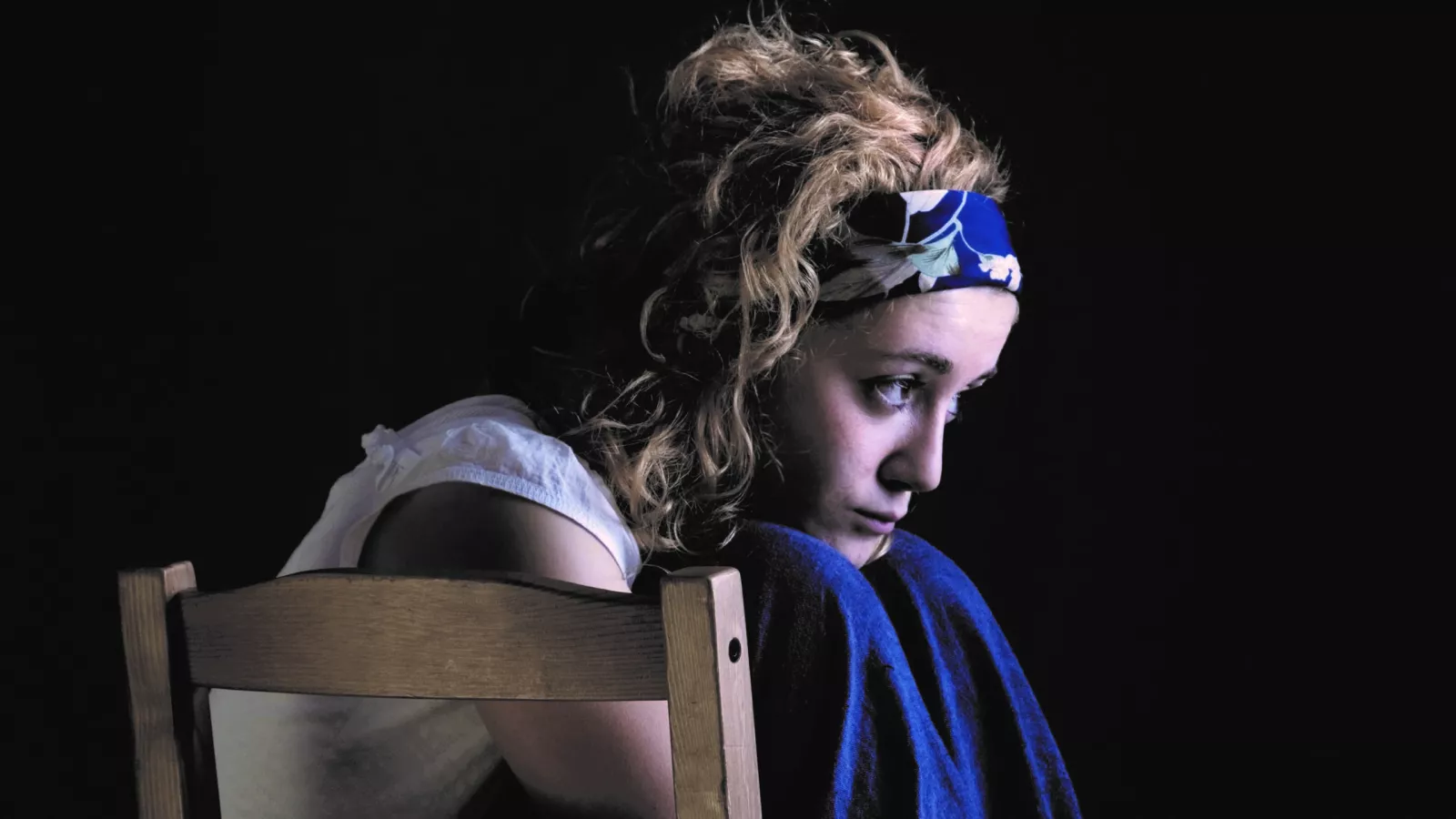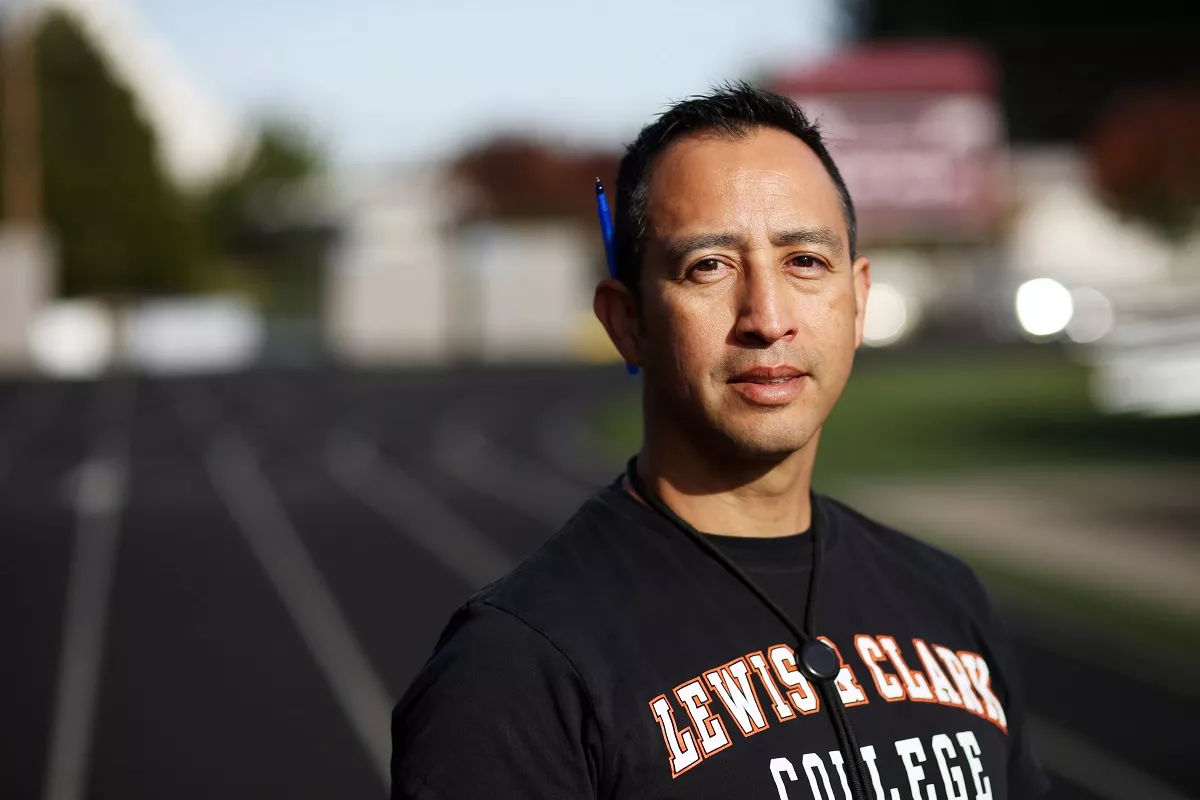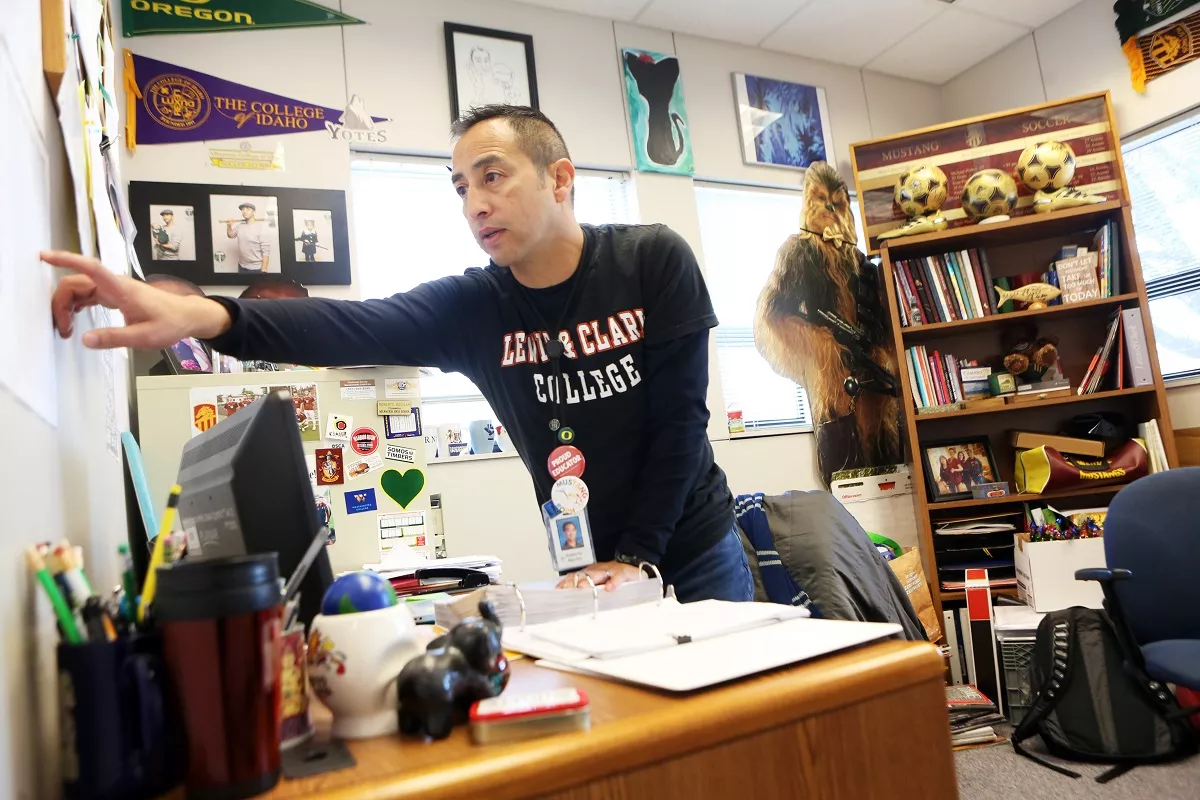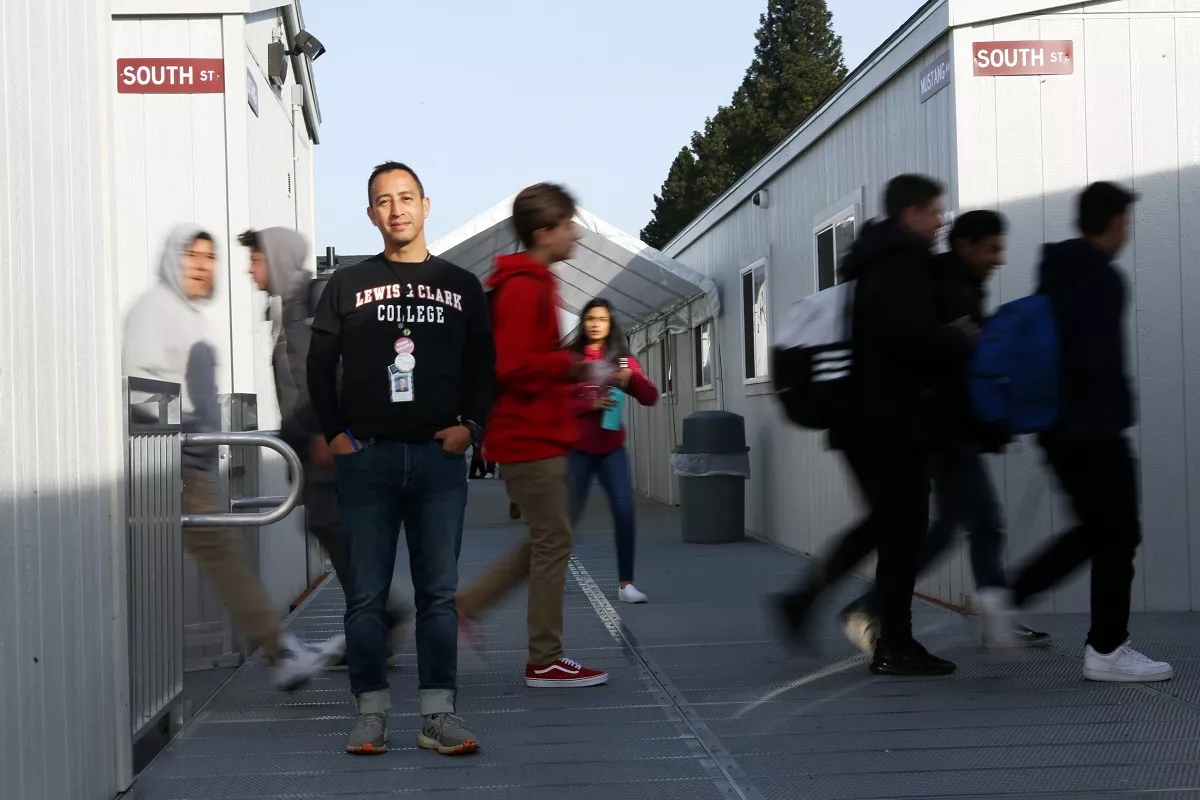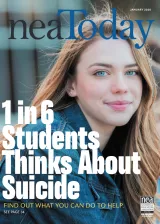Key Takeaways
- One in six high school students reported “seriously considering suicide” in 2017, including nearly one in four girls and almost half of gay, lesbian, and bisexual students.
- The major risk factors for suicide may be hidden to educators. They include firearms at home, a family history of mental-health concerns, and substance abuse disorders.
- Every high school teacher—and many educators of younger students—knows a student considering suicide. But these young people can be kept safe.
“In the last nine days, in just this area, we’ve lost another three students to suicide,” said Tim Warnock, a physical education teacher in the suburbs of Phoenix, after a series of student deaths in October 2019.
The numbers are scary and sad, but not shocking to Warnock or his wife Lorie, a high school English teacher of 28 years. The couple knows all too well that Arizona’s teen suicide rate has increased 25 percent over the past three years. “There is a suicide epidemic,” says Lorie Warnock flatly.
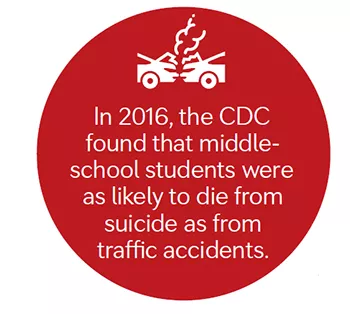
An incredible one in six high school students reported “seriously considering suicide” in 2017, including nearly one in four girls and almost half of gay, lesbian, and bisexual students, according to the U.S. Centers for Disease Control and Prevention (CDC) data. At this rate, every high school teacher—and many educators of younger students—knows a student considering suicide. But these young people can be kept safe, experts say.
“This topic can be really overwhelming. It can feel like, ‘Oh my gosh, is there nothing we can do as a society?’” says psychologist Lindsey Giller of the Child Mind Institute. “There are things we can do. Suicides can be prevented.”
Recognizing risk factors is one thing. What’s more important is knowing to pull up a chair and ask, “Are you thinking of suicide?”—and when you hear yes, knowing where to take your student for help. Making real connections with students can protect them from dying of suicide or even thinking about it, experts say.
The Warnocks point out that this requires educators to see students as more than numbers or test scores. “We need to remember that we’re shaping human beings,” says Lorie Warnock.
This past September, after more than two years of meeting with state legislators, coordinating anti-suicide activists, and marshaling media attention, the Warnocks watched Arizona’s governor sign a law requiring the state’s educators to get suicide-prevention training.
It’s called the Mitch Warnock Act—for their brown-eyed son, who ended his life on October 17, 2016, at the age of 18.
“I found him,” says Tim Warnock, his voice breaking. “There’s no way to understand how painful that is. There’s no way to understand this level of grief.”
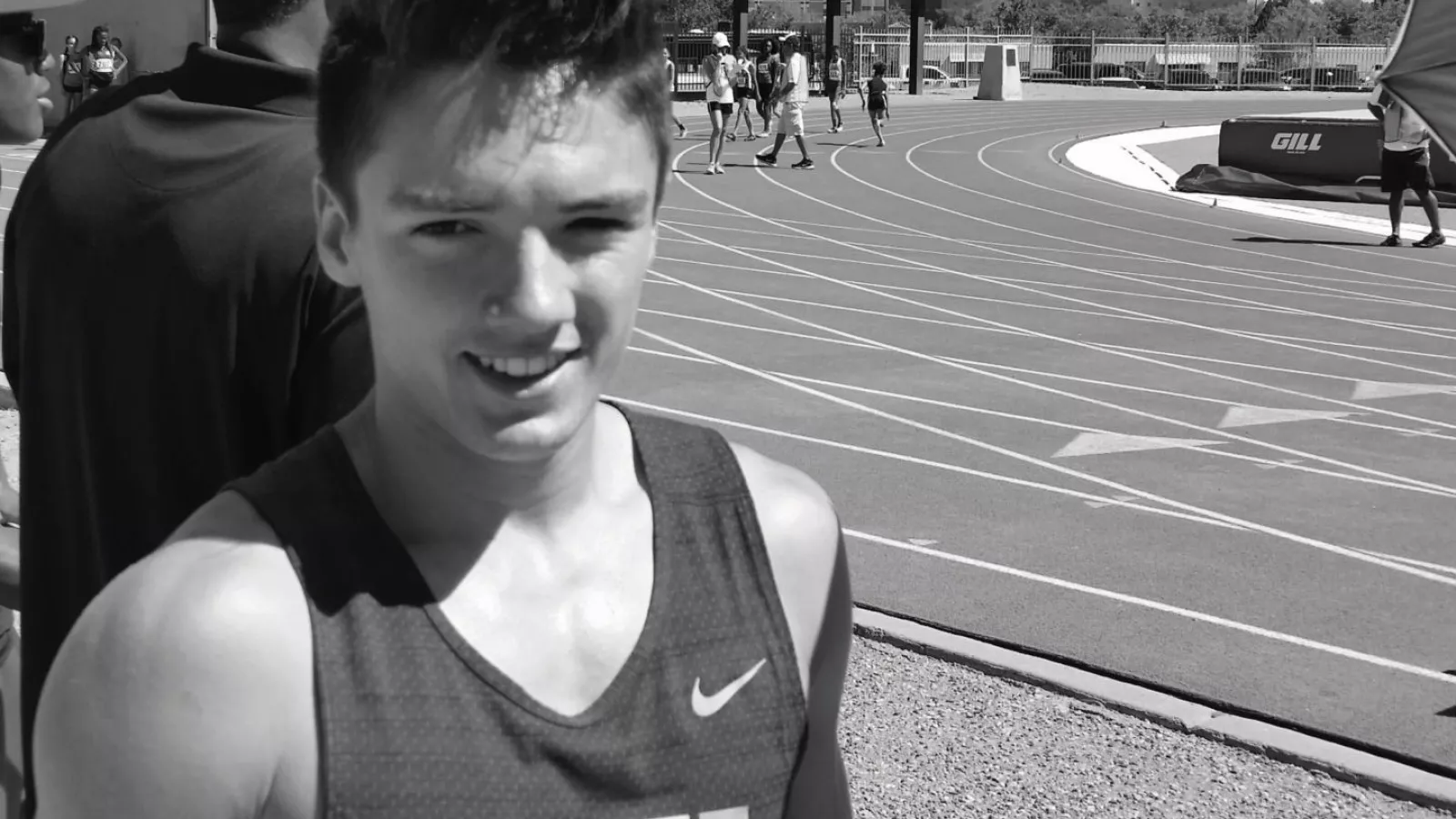
Meet Mitch
When Lorie and Tim first met Mitch, he was 2 years old, fighting for food and bouncing between foster homes. For the next two years, he slept alongside them. He grew up to be “incredibly compassionate, incredibly caring,” says Lorie Warnock—”the kind of kid who picks up his phone and says to a friend, ‘Hey, let’s go hike the mountain today.’” When his mother would sigh about the kids who put their feet up on her couch, he’d point out that nobody had taught them otherwise.
As a high school junior, he placed third in the state in pole vault—a devastating loss, in his opinion. A third-place finish, he believed, wouldn’t get him to college. His parents were frustrated in their attempts to connect him with support at school.
“When he passed away, I fully believe this, he thought we would be better off without him. He saw no way out,” says Tim Warnock. “It was an impulsive decision, made out of pain and a belief that he was sparing us heartache by dying.”
Today’s teens are the most anxious and depressed ever, according to health surveys. In 2017, about 10 percent experienced “a major depressive episode with severe impairment,” according to the National Institute of Mental Health. This means at least two weeks with little sleep, energy, and low self-esteem, and an inability to participate in life’s activities, including school.
Meanwhile, a 2019 CDC report shows the number of young people dying of suicide jumped 56 percent between 2007 and 2017, outpacing any other group. Researchers have struggled to say why, but point to a variety of possible root causes, including social media and smartphones, bullying, and lack of community.
Answering a Cry for Help
Florida high school teacher Dorothy Schroader tells her students all the time: I am here for you. She recalls a student who left a scribbled note on the bottom of an English assignment, saying simply, “Write back. Help!”
“I got a guidance counselor, and called her in,” Schroader recalls. “Do you want to kill yourself?” they asked. “Yes.” “When?” “Today.” She planned to cut her wrists.
On another day, a different girl came to school with a bag of pills that she stashed in Schroader’s classroom closet, saying, “You need to have these.”
“The suicide attempts are just unmanageable,” says Lisa Parker, a school social worker in Rhode Island who works with kids at risk of suicide, who live with suicidal thoughts, and who return to school after hospitalization for suicidal attempts. “I can’t even wrap my head around what’s happening … I’m seeing more kids coming back from the hospital who I’ve never even met. How is it that I don’t even know you, and you just tried to die?”
The major risk factors for suicide may be hidden to educators. They include firearms at home, a family history of mental-health concerns, and substance abuse disorders.
“It may be helpful for teachers and school communities to know that half of all cases of mental-health illnesses begin by age 14, and half of all kids ages 8 to 15 don’t get treatment,” Giller says. “These kids really need to be linked up to the help they need.”
Exposure to bullying—as a victim or perpetrator—is a risk factor for suicide. Also, if a student previously attempted suicide, they are at higher risk to try again and need to be monitored.
Be on alert, and don’t be afraid to step in. You may have a perspective that a parent is missing. “If any kid is talking about or writing about suicide, or if you hear a kid has posted something online about wanting to die, these kids need to speak to somebody,” Giller says. Also, be alert to students who talk about feeling hopeless or worthless, who suddenly look more depressed and withdrawn, who give away their stuff, or who engage in risky behaviors, such as reckless driving or substance abuse.
You need to talk to these students and be explicit in your questions, says Giller. It’s not true that asking, “Are you thinking about suicide?” will plant the seed. Kids who aren’t living with suicidal thoughts will just say no. For others, that question can be a lifesaver. “Your question provides them a place and space to talk about it,” she says. “It says you don’t need to suffer in silence or suffer alone, we’ll connect you with support. It gives them hope.”
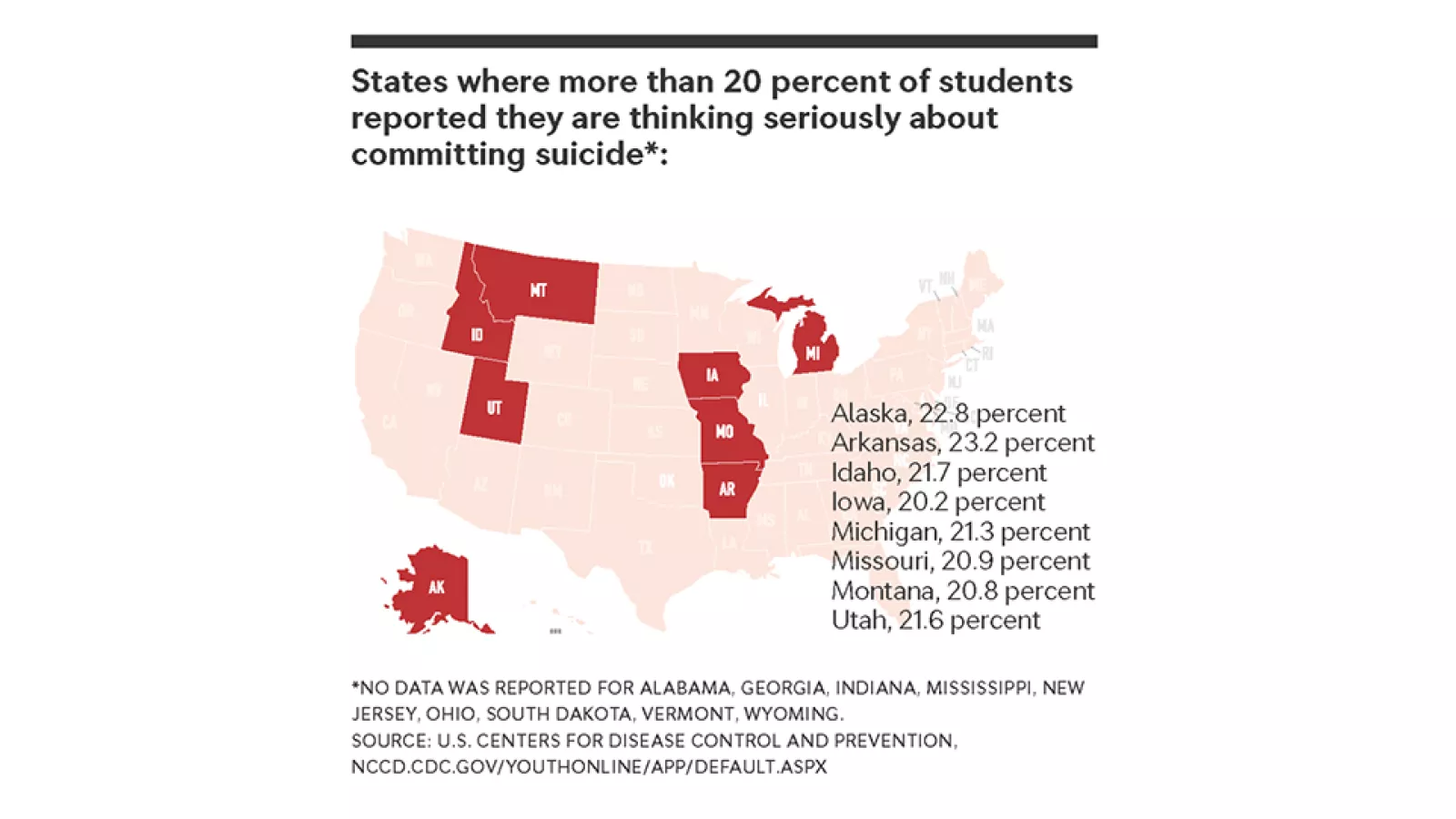
Training to Save Lives
The Mitch Warnock Act isn’t the only state law requiring educators to learn more about suicide. Eleven states require annual training for school personnel, and 20 others require it every two to five years, according to the American Foundation for Suicide Prevention.
“We’re not asking anybody to be a counselor,” says Tim Warnock, of the Arizona law. “We’re asking them to be aware of a student’s humanity and their social-emotional well-being. It’s exactly like if a teacher saw a bruise, or heard a kid talk about being abused, and they would know how to respond and report it.”
Often educators recognize they need more. In 2018, NEA-Rhode Island (NEARI) hosted its first all-day, mental-health summit, where hundreds of educators learned about suicide prevention and more. At the same time, the union issued a “statement of values on mental health” that calls for additional training for educators and hiring of counselors.
“Teachers are being presented with more and more students who have serious diagnoses,” says Parker, a leader of NEARI’s mental-health committee. “If we can give them some tools to use—think of it as mental-health first aid—they can get started.”
Denver music teacher Tim Brown has provided training at the NEA Leadership Summit and NEA Representative Assembly, offering educators the basics in suicide SafeTALK—Suicide Alertness for Everyone: Tell, Ask, Listen, Keep Safe. “What are the ways in which people ‘tell us’ they are thinking of suicide?” he asks. Ask students questions directly, clearly, and non-judgmentally, and “listen for what they need to say—not what we hope they might say,” he advises educators.
Meanwhile, the St. Paul Federation of Educators has made mental health its primary issue at the bargaining table. Their contract proposal calls for every St. Paul public school serving K-12 students to be staffed by a mental-health team with licensed staff in these positions: psychologist, counselor, social worker, and nurse, as well as behavioral-support specialists or equivalent education support professionals.
The idea is that “every student in every school should have a qualified provider to help them navigate mental health,” says Tom Stinson, a St. Paul school nurse for 22 years and member of SPFE’s contract bargaining team.
Speaking Up for Student Health
Off-campus advocacy also helps. More than 25,000 educators rallied in Portland, Ore., this past spring, wearing #RedForEd shirts and pressuring lawmakers to support students. Among the speakers was Roberto Aguilar, a high school counselor from Milwaukie, Ore., and a former Oregon counselor of the year. “I started out by describing a frequent day—there’s a kid crying, his heart is racing, [he’s having] difficulty breathing,” Aguilar recounts. “Who is going to take care of that student?”
The answer is Aguilar and his colleagues. The problem, Aguilar told the crowd, is that he has a caseload of “480-something” students. “I feel like I’m failing because I can’t get to all of my kids,” he says. Meanwhile, his county has the highest rate of suicide in Oregon.
State lawmakers listened. Oregon’s Student Success Act of 2019, funded through corporate taxes, will deliver $1 billion annually to schools, including $500 million for mental and behavioral health supports and academic programs.
Other union-led #RedForEd efforts also have resulted in mental-health investments. In Los Angeles, for example, a six-day strike last year led to a commitment to hire 17 new counselors.
School Counselor Roberto Aguilar
Making a Connection
The American School Counselor Association calls for a 250-to-1 ratio of students-to-counselor, but only three states—New Hampshire, Vermont, and Wyoming—meet it. The national average is 482-to-1, or nearly double the recommendation. The worst offender? It’s Arizona, where each counselor has an average of 924 students.
“When my son passed away from suicide, I was obviously in the throes of grief, but I also was furious as an educator,” says Lorie Warnock. “What I’ve seen over my career makes me furious. For me, what happened to my son was, in part, a byproduct of how we have come to treat students.”
The relentless focus on measurable achievement—test scores, graduation rates, etc.—and the growing standardization of curriculum has turned students and educators into “widgets,” and has pushed aside students’ social and emotional needs, she says.
Connect to your students, urge the Warnocks. Help them connect to each other, to clubs and activities, to community organizations. “I tell my [students], the academics are the icing,” says Lorie Warnock. “When it comes down to what’s important, you are the cake. You are the foundation.”
What Can You Do?
If You Think a Student May be Suicidal?
“We know that talking about suicide, or asking kids if they’re thinking about suicide, doesn’t increase the odds of that child attempting suicide,” says Child Mind Institute’s Lindsey Giller. “If anything, it decreases them.” You want to talk with these students, connect them to mental-health services, and keep checking in with them, building trust and making sure they know you care. “This feeling of connectedness is one that we want to build and foster,” she says.
If a Student Has Died of Suicide?
“Among schools and communities, there’s an urge not to talk about it … but if there’s been a suicide by a student, it’s important for it to be acknowledged in a matter-of-fact way, without providing a ton of details about the method or how it occurred,” says Giller. “You want to prevent sensationalizing. But we know kids will find ways to talk about it through back channels. If there’s a guidance counselor or somebody on the mental-health front, they should explain in a developmentally appropriate way that suicide is the result of an untreated mental-health challenge or psychiatric illness.” It’s also important, in the wake of a suicide, to monitor kids at higher risk, she says.
Resources
Child Mind Institute has educator resources at childmind.org/audience/for-educators. Also check out their suicide-specific resources at childmind.org/topics/concerns/suicide-and-self-harm.
If you’re interested in bringing more training to your school, check out safeTALK, a half-day program for educators, offered through the Suicide Prevention Resource Center. Visit sprc.org/resources-programs/suicidealertness-everyone-safetalk.
According to federal data, nearly one in two gay, lesbian, or bisexual students have considered suicide. So that you can help them, check out the online Lifeguard Workshop and curriculum resources from the Trevor Project at thetrevorproject.org/education.
Get more from


